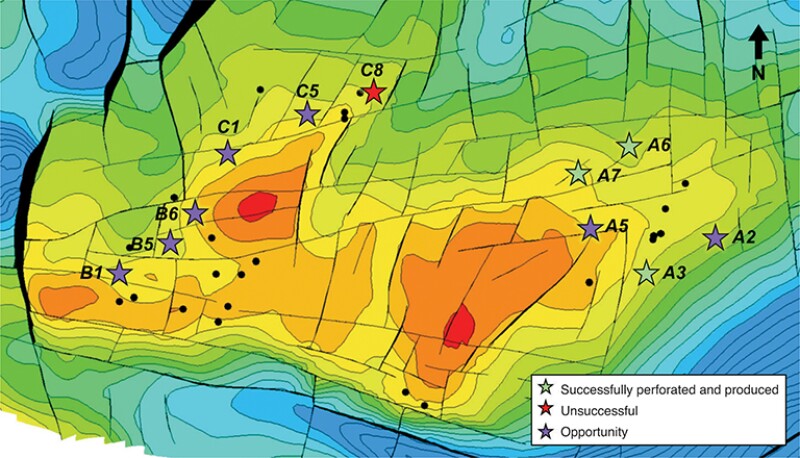Production-enhancement opportunities in 30-year-old Field D in Balingian province, offshore Sarawak, are dwindling. An in-house evaluation tool, resolution enhanced modeling (REM), was developed to evaluate and characterize thin beds or laminations. These low-resistivity/low-contrast (LR/LC) sands are commonly bypassed because conventional logging tools cannot resolve their true parametric values and the apparent log responses across these zones appeared as shaly sand. By running REM across these intervals, the properties of the thin sands could be characterized properly, improving the net pay and economics of perforating and producing these reservoirs.
Introduction
The major reservoirs of Field D were deposited in a fluvial environment, resulting in channel sands, and are mainly under solution gas drive with weak aquifer and large gas-cap drive.


